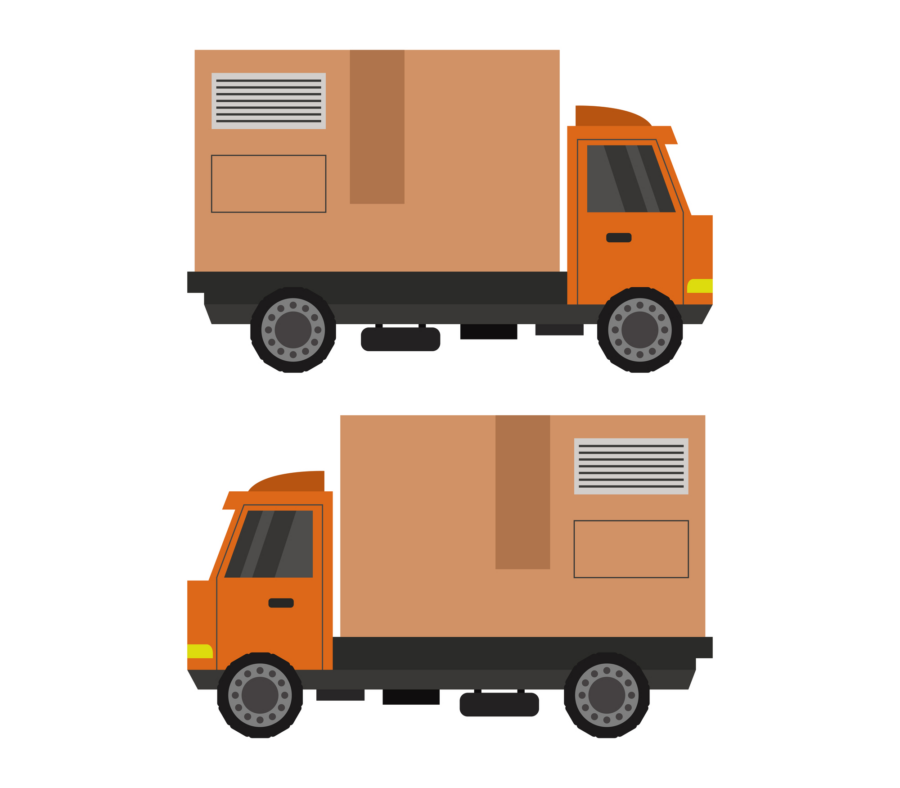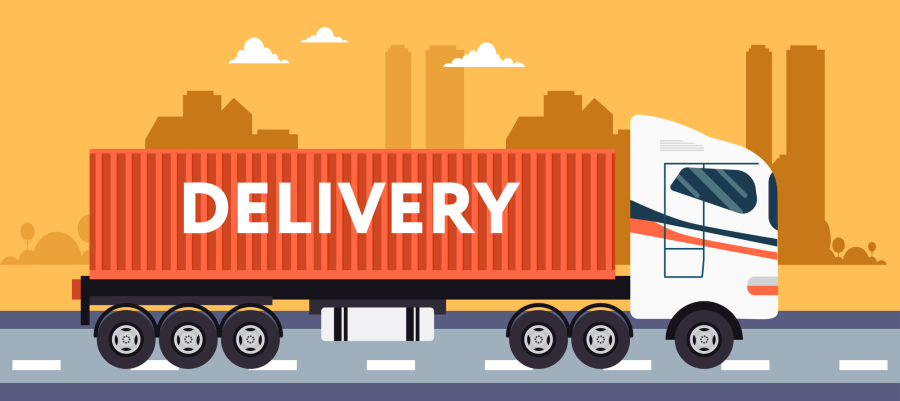Introduction
Hotshot trucking (also known as expedited freight) has become super popular in the trucking industry for its speed and efficiency in moving small, time-sensitive loads. Unlike traditional trucking which is big rigs hauling big freight over long distances, hotshot trucking moves smaller loads faster and direct to their destination. This allows hotshot truckers to navigate tight deadlines and changing logistics on the fly, a service that’s crucial in industries where time is money.
In the grand scheme of the trucking industry, hotshot trucking is a niche but important part of meeting urgent delivery needs. Hotshot drivers use smaller vehicles, often pickup trucks or medium-duty trucks, to haul lighter loads more efficiently. This allows them to go to remote or hard-to-reach areas where big trucks can’t. By offering speed, flexibility, and reliability hotshot trucking serves industries from oil and gas to construction, meeting the demand for hot shot loads across all industries.
What is a Hotshot Driver?
Hotshot trucking (also known as hotshot trucking) is a niche in the transportation industry where expediting is key. Essentially hotshot trucking is hauling smaller, often time sensitive loads, usually 10,000 to 20,000 pounds, in trucks smaller than semis.
Hotshot truck drivers (also known as hotshot drivers) are the backbone of this sector, using vehicles like pickup trucks or medium duty trucks to move goods. They serve construction to oil and gas industries, making urgent deliveries with quick turnaround times.
Hotshot Trucking 101
Hotshot trucking uses a variety of vehicles and trailers to meet specific transportation needs. Pickup trucks, often with flatbed trailers or bumper pull trailers, are the foundation of this industry, offering flexibility and maneuverability to go anywhere.
These hot shot trailers, from flatbeds to gooseneck trailers, carry all kinds of cargo, so you can get a delivery solution for your client. Knowing your Gross Vehicle Weight Rating (GVWR) is key for hotshot drivers, it determines the safe load capacity of their vehicle, so they don’t overload and comply with regulations.
CDL is required for hotshot drivers, so proper training and certification are key to operating these specialized vehicles safely and legally in the hotshot trucking industry.
Hotshot Trucking Benefits
Hotshot trucking has many benefits, especially for owner-operators who want flexibility and freedom in their career. One of the biggest advantages is to haul smaller and time-sensitive loads for a variety of clients with urgent delivery needs.
Unlike traditional trucking, hotshot operations have lower maintenance costs since you use smaller vehicles and trailers. This cost savings translates to more profit and sustainable business for owner-operators in the competitive transportation industry.
Hotshot Trucking Challenges
Hotshot trucking has its own set of challenges that require skill to succeed in the industry. One big challenge is finding loads efficiently, often relying on load boards and freight brokers to get profitable hauls. Navigating through these platforms requires strategic planning and quick decision-making to grab the good deals.
Tight delivery schedules are another big challenge for hotshot truckers, especially when hauling heavy loads within tight time frames. Meeting those deadlines requires good time management and an understanding of route planning to deliver on time without compromising safety or efficiency.
Hotshot trucking means navigating through complex regulations, commercial insurance, and operating authority. Getting the right insurance coverage is key to protecting against liabilities and the driver and the cargo. Getting the operating authority is a bureaucratic process that can be time-consuming and overwhelming for newbies in the industry.
Trucking: The Traditional Career
Traditional trucking is the foundation of the transportation industry, semi-trucks and tractor-trailers are the workhorses of this industry. These commercial vehicles are the backbone of traditional trucking operations, moving goods across the miles.
Company drivers are part of the traditional trucking workforce, they get the stability and structured environment of established transportation companies. This stability means consistent routes and schedules, drivers have a sense of security and continuity in their career which is highly valued in the unpredictable world of transportation.
Besides stability, traditional trucking allows drivers to haul multiple loads, including heavier cargo, using specialized commercial vehicles built for durability and capacity. Operating these vehicles requires skill and knowledge to navigate different terrain and deliver goods to their destination.
Hauling multiple and heavier loads is the versatility and importance of traditional trucking in moving goods to various industries and economies. That’s why traditional trucking is a preferred career for those who want a steady job and to be part of the global supply chain.
Hotshot Trucking vs Traditional Trucking
When you compare hotshot trucking to traditional trucking one of the big differences is the vehicle. Traditional trucking uses semi trucks, hotshot trucking uses smaller hotshot trucks.
These hotshot trucks, often operated by owner-operators, are agile and maneuverable, perfect for expedited delivery of smaller loads. Semi-truck drivers drive the highways with their big rigs designed to haul big volumes of cargo over long miles.
Another big difference between hotshot and traditional trucking is the type of loads and hauling methods used. Hotshot trucking uses specialized trailers like dovetail trailers, tilt deck trailers, or lowboy trailers to haul different types of cargo.
These trailers allow hotshot drivers to haul unusual or oversized loads with ease, to meet the specific needs of their customers. Traditional trucking uses standard trailers to haul big volumes of goods over long miles, that’s the difference in scope of operation and logistics between the two.
Summary
Hotshot trucking is a fast-paced and challenging niche in the trucking industry. It offers flexibility, lower maintenance costs, and the ability to haul time-sensitive loads but hotshot drivers have to navigate tight delivery schedules, find loads efficiently, and meet regulatory requirements. Despite the challenges, aspiring hotshot drivers are encouraged to try this career path, and use their skills and adaptability to succeed in this competitive industry. As the trucking industry continues to evolve, with traditional and hotshot trucking as part of the global economy, individuals should consider their interests, strengths, and career goals when choosing their path in this industry.







